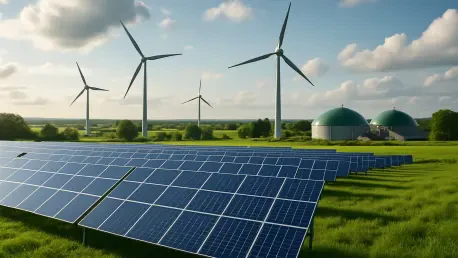The Priyadarshini Jurala Project (PJP) dam, located in the Jogulamba Gadwal district, is at the forefront of integrating flood control with sustainable energy, demonstrating a model approach to modern dam management. Recently, heavy rains have significantly increased the dam’s water levels to 317.44 meters, a mere 1.08 meters shy of its maximum capacity. In response, authorities have preemptively opened 12 spillway gates, facilitating a controlled release of 86,212 cusecs downstream to prevent overflow and maintain structural integrity. This proactive measure ensures community safety, mitigating flood risks during the monsoon season. Beyond its essential role in flood management, the dam serves as a crucial resource for agriculture by providing irrigation water, thereby supporting the regional agricultural calendar, particularly the kharif planting season. This dual function underscores the dam’s pivotal role in sustaining local economies and maintaining food security for countless surrounding communities.
Enhancing Sustainable Energy and Agriculture
The PJP Dam not only aids in flood management and irrigation but also importantly contributes to the renewable energy sector by optimizing water flow for hydroelectric power. This dam enables hydroelectric plants to use 27,699 cusecs of surplus water for energy, diminishing the need for coal and gas power, and supporting India’s commitment to clean energy and reduced carbon footprints. Such efforts meet urban and rural energy demands while minimizing ecological impact, illustrating how infrastructure can harmonize human needs with environmental conservation. The PJP Dam is a model of innovative infrastructure management, effectively balancing ecological stewardship with practical utility. It is vital for regional progress and sustainability, addressing challenges like flood control, agricultural support, and sustainable energy. Its successful management provides numerous community benefits and sets a critical standard for similar projects, driving towards sustainable infrastructure that serves both people and the planet, ultimately benefiting the broader developmental landscape.









